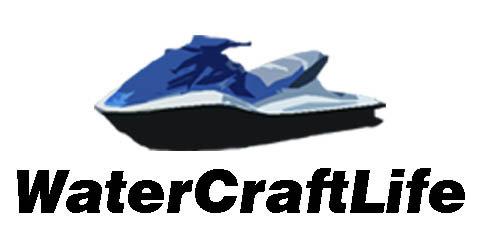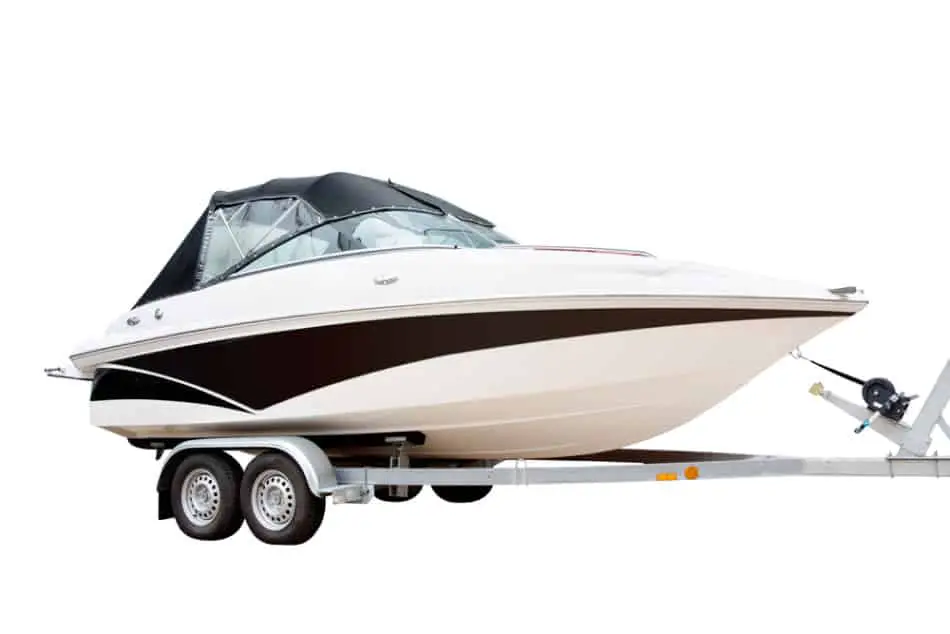Are Rinker Boats Good
Being in the market for a new boat can be exciting and stressful, especially if you are looking at the pre-owned market. Rinker is a name that you’ve seen pop up in many of your searches, but you’re not sure if they are any good.
Rinker Boats first started manufacturing in 1945 and stopped manufacturing in 2020. They are well known as good value-for-money boats. Although they aren’t as luxurious or durable as high-end boats, they are more affordable and are likely to last long if they are well maintained.
Because Rinker boats fall into the mid-range/value-tier price bracket, they are a solid option for most buyers. But because they are no longer manufacturing as of 2020, you can only buy one pre-owned, and there is the question of continued after-sales support. So, is it still a good idea to buy one?
A Brief History On Rinker Boats
The Rinker family started the company in 1945 when founder Lossie Rinker left dairy farming and began building fishing boats. As a family-owned business, with their name on their products, they focused on building boats of high quality with great features.
The Rinker family was not just passionate about selling products but about the boating industry as a whole. As a result, Rinker Boats were originally built to be solid and durable. They also grew in popularity quickly, with the first boats exported in 1968.
By 2000, Rinker was a household name in the USA and produced an array of vessels, including the popular Fiesta Vee and Rinker Captiva series. Some claim there was a decline in quality that came with mass production.
Rinker was sold to Bennington Marine in 2015, which was sold to Polaris in 2018. Unfortunately, in 2020, Polaris announced its discontinuation of Rinker boats along with Striper and Larson FX.
Polaris said that the move to stop manufacturing came as a direct result of the Covid-19 pandemic and the resulting uncertainty in the market space.
Polaris has, however, assured the customers that there would be continued support for Rinker boats. Added to that is the fact that there is a large community of Rinker owners still loving their time on the seas.
Like any proud-owner community, they will be ready to drop advice and help find spare parts at a moment’s notice.
Rinker Boats’ Reputation
Scrolling through 10 different boating forums will leave you with 11 different opinions on whether Rinker made good boats. I can only liken it to the Land Rover Defender. People either seem to like them, or they start washing the proverbial oil off their hands at the mention of the name.
However, if you pay attention to all the discussions and forums, there is a common thread in the complex tapestry of subjective opinions.
The (admittedly significantly) few opinions that come out, guns-blazing, shouting profanities, are almost always countered by someone calmly saying, “that’s strange; I’ve owned 2 Rinkers before and never had that issue.”
What is quite evident from the broader community is that even excluding the die-hard Rinker loyalists, the boats have always had a reasonably favorable reputation. Most boat enthusiasts would agree that Rinkers are not the best boats on the water but are also far from the worst.
The Pros And Cons Of Rinker
Rinker made several boat models ranging from smaller run-around boats to larger cruisers with decent-sized cabins. Their focus target market was leisure and family boating, and their boats clearly reflect this market.
Rinker emphasizes the features of their boats, from finishes of the floors and seats to the towing points to drag a skier and their-well known swim platform. Generally speaking, you will most likely get more features for less money when you buy a Rinker, making them very convincing purchases.
However, a drawback to keep in mind is that in order to provide you with these features at a lower cost, there are areas in the build where cost-saving occurs. I mean that although you may get the same features as a more expensive boat, you are not getting the same quality.
The boats also have their more well-known issues, such as the swimming platform, which, before 2003, sat low in the water. The position created extra drag, making it nearly impossible to get it onto plane when the boat had several passengers on board.
Added to this drag is that Rinker boats are generally regarded as being underpowered with the stock motor. This obviously isn’t the case for every Rinker boat but if you are considering one, make sure the motor you’re getting is adequate for the boat’s weight for most runabouts under 20′ a v6 option is fine. When you get to 20′ and over, you will find a v8 is best. When looking at their larger cruisers, upgrading the v8 has proved to be a better option, and for their larger boats such as the Rinker Express Cruiser, dual motors are a must not only for power, but for reliability in case one goes out when you are on the water.
Finally, if you want a boat to do serious fishing, you shouldn’t consider a Rinker unless you’re willing to make modifications. I’m not saying you strictly can’t fish with one, just that if your main goal is fishing, you will find a Rinker lacking the features most important to you.
What To Look For When Buying A Rinker
A Rinker Boat’s quality, like all pre-owned boats, will depend more on how well it was looked after than the actual manufacturing process. If a boat has served an owner well, and that owner has looked after her well, then chances are she will serve you well.
Here are a few things to watch out for when looking at a used boat:
1. Avoid Boats With Very Low Hours
You may think that a boat that has low running hours has, by definition, worked less and thus has a longer life span ahead. While it is true that lower hours are generally better, it is not the case if it means that the boat has sat for years without regular use.
Unusually low hours could mean that the boat has been standing, neglected, and there has been rust build-up, decay of wires and hoses, or even bug and rodent infestation. First, find out why the boat has low running hours before getting too excited. Most users especially in areas such as the northwest only use their boat 3-4 months out of the year. Take 50 hours per year and multiply that with the age of the boat and you will have a general ballpark of a lower usage boat.
2. Avoid Boats That Have Sunk
It is entirely possible, even common practice, to repair a sunk boat and get her afloat again. She may even appear to be okay in the short run, but engines and electronics are filled to brim with components that definitely don’t like corrosion or moisture damage.
The negative impact of sinking may not always be immediately evident but could likely lead to a domino effect of failures in the future.
3. Avoid Boats With Structural Issues
Before you fall in love with a boat, or her price tag, be critical of all the structural flaws. If the deck of the boat is soft, it could indicate rot or damage. Also, look for patch marks in the hull where there could have been a collision.
Another tip is to grab the outboard motor firmly and try to move it up and down to see if there is any flex in the transom. Also, check for any flex or soft spots in the gunwale and other structural components.
The last thing you want to do is buy a boat that will break in half while you’re out cruising the water.
4. Avoid Certain Power Options
Some power options can cost a lot to maintain or even be beyond its life expectancy.
Before the early 2000s, there was a motor brand called OMC, which has since gone bankrupt. Parts are now scarce, and not many people know how to fix them, so they are best avoided. Similarly, steer clear of Force Engines and Volvo’s XDP drives.
5. Conduct A Sea Trial And Hire A Surveyor
Before buying any boat, you will want to put her in the water and take her for a nice long ride. Let the engines warm up all the way, see how she handles the seas and if there are any noticeable issues.
I would suggest taking her out with a bit of weight and in slightly rougher conditions. This way, you will see how the motors and structure hold up.
Secondly, boats can be costly, so to avoid making a terrible financial decision, consider hiring a marine surveyor to assess the vessel and conduct the sea trial for you. They will go through the finest details and give you peace of mind about your decision.
6. Rinkers May Become Cheaper
This is not so much advice on what to look for in a boat, but rather considerations relating specifically to Rinker Boats.
Because Rinkers are no longer in production, you will see prices drop (unless they become collectible items). These price drops will likely be motivated by uncertainty regarding the future availability of spares and support. In other words, you could probably pick one up in excellent condition for a bargain if you shop around.
It is a possible double-edged sword, though. If parts and support do become scarce, you will have a tough time selling your Rinker in the future. As I said earlier, though, a vast Rinker-owner community exists to help you should you opt to buy one.
Conclusion
Rinker Boats are not the best boats, nor are they the worst. I would say they are a good quality mid class to upper class family boat. They provide good value for the money and can come with lots of decent features. However, because they are no longer being manufactured, you should consider your purchase carefully.
If you are looking for an affordable fishing vessel, Rinkers are not the boats for you. If you want a good family-leisure boat, you may be thrilled with a Rinker. Make sure you inspect the boat properly and make a wise purchasing decision. I wish you smooth sailing, dear reader.

